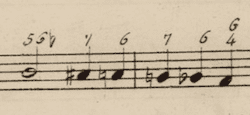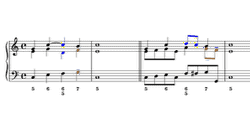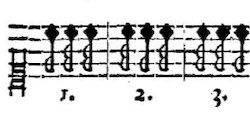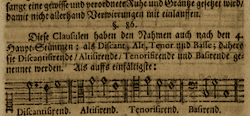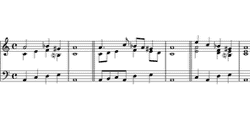Some More Montes
The Monte is a schema widely used in the 17th and 18th centuries and exists in many variants, some of which are discussed in this essay. For the schema’s characteristics see my essay The Monte: The Basics. I will explore five variants of the Monte in this essay: the minor-key Monte ending in v, the […]


